BY LETTER
Sunline
Technology > Application > Envirotech
Technology > Application > Megascale Engineering
Technology > Application > Power Generation
Technology > Application > Megascale Engineering
Technology > Application > Power Generation
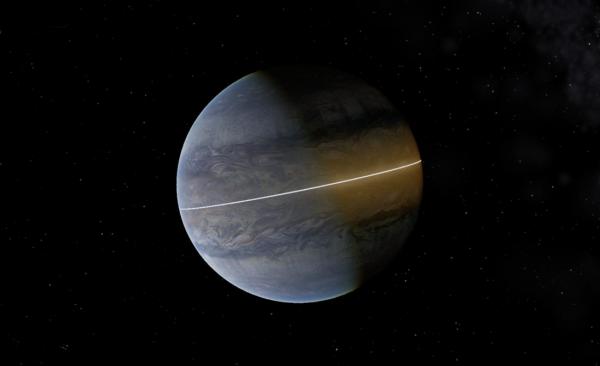 Image from Steve Bowers | |
| Class 3 Sunline around Hestia, in the Iota Piscium system, which provides light and heat to a large number of local moons and habitats. | |
There are three classes of sunline;
Class 1 Sunline
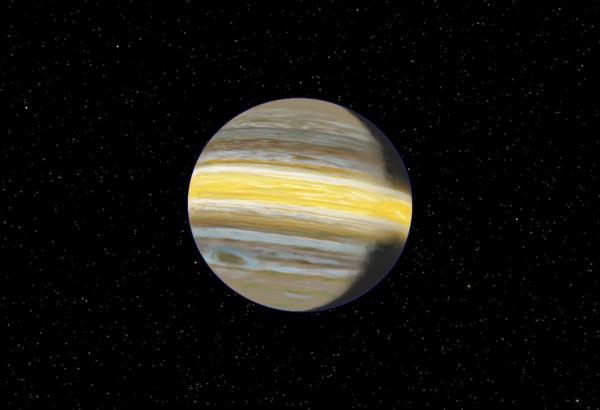 Image from Steve Bowers | |
| This luminous band in the atmosphere of Kurzweil, a gas giant in the Keter Dominion, provides illumination for the local family of moons. The light is provided by millions of self-supporting fusion units. | |
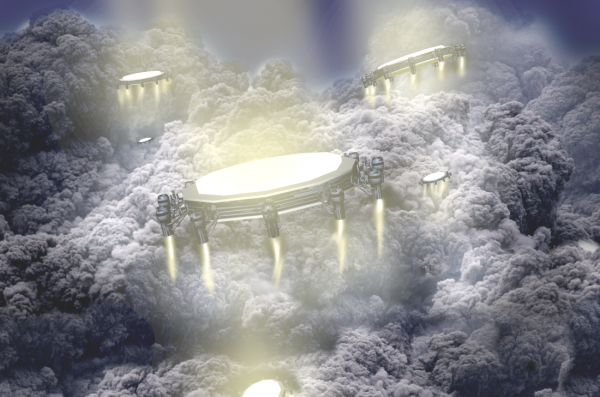 Image from Steve Bowers | |
| Fusion units in the atmosphere of Kurzweil | |
Class 2 Sunlines
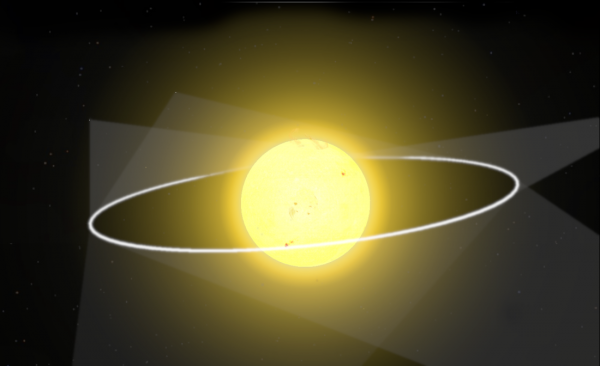 Image from Steve Bowers | |
| Class 2 stellar sunline around HIP 46761. Light collected from this star by an orbital band is focused onto specific distant targets, such as moons and habitats outside the Habitable Zone. | |
Because the light is concentrated on specific objects, the system is very efficient, and from most angles the sunline is difficult to see against the brilliance of the star itself. But as seen from the target object, a Class 2 sunline will appear to be a small but brilliant line or hoop in the sky.
Class 3 Sunlines
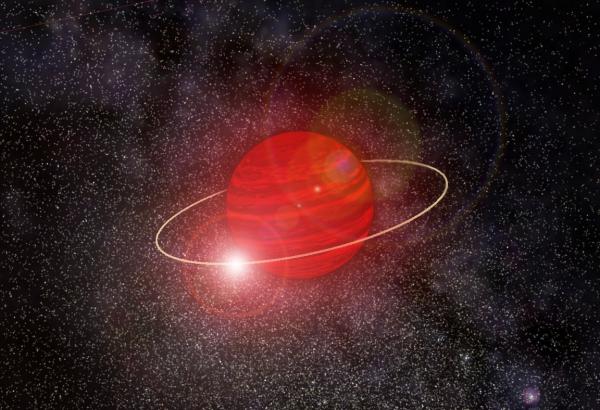 Image from Steve Bowers | |
| Class 3 sunline | |
Class 3 sunlines orbit various types of gas giant and brown dwarf and use a system of skyhooks and orbital rings or mass streams to extract material from the central body and deliver it to the sunline array. The material is then burned using high efficiency fusion or conversion reactors within the sunline and the resulting energy used to illuminate the moons and habitats in orbit. In most cases illumination is focussed onto specific orbital locations, with the bulk of the system limited to only natural illumination; but in some cases the entire volume is bathed in radiance.
Related Articles
Appears in Topics
Development Notes
Text by Todd Drashner and Steve Bowers
Initially published on 14 September 2009.
Initially published on 14 September 2009.






